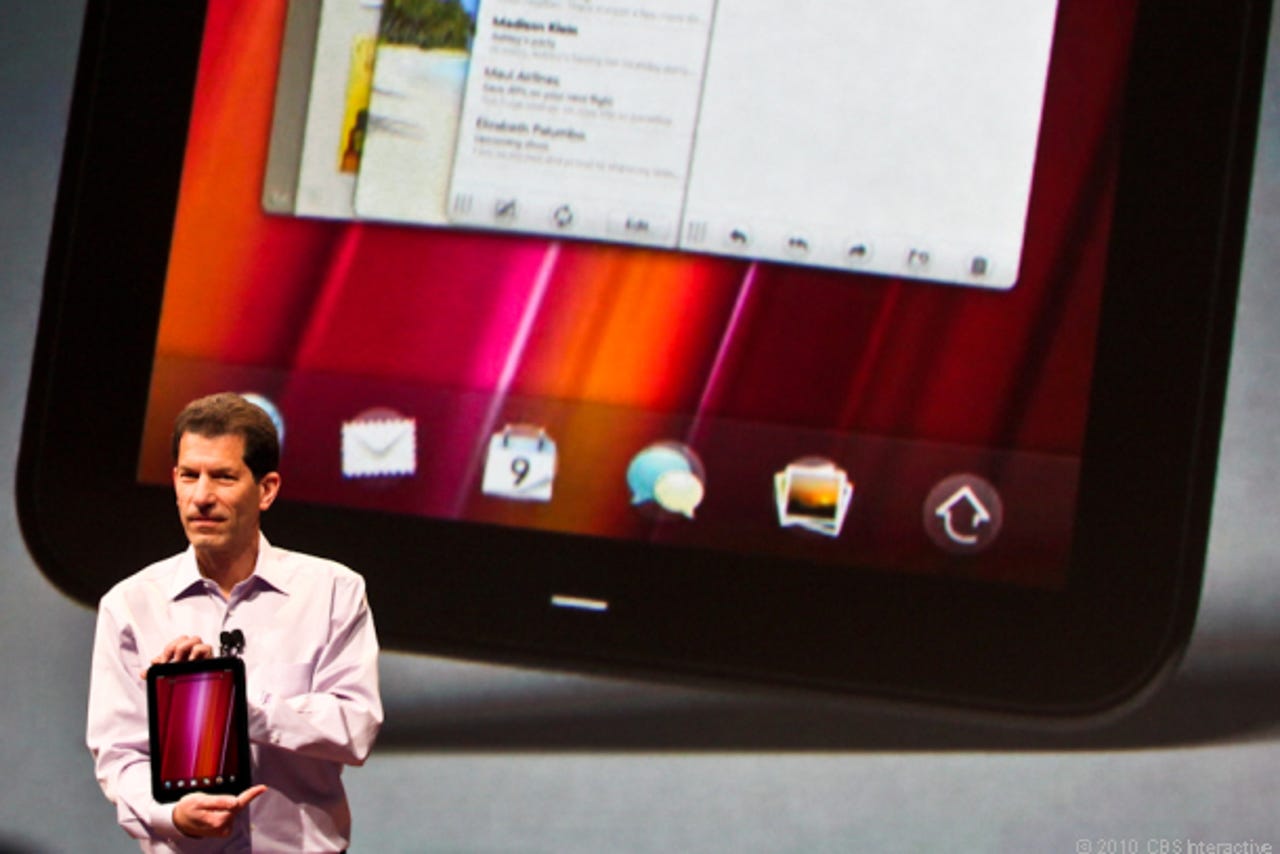Ten gadgets that died in 2011


With the release of devices like the iPad 2, Kindle Fire, and countless powerful Android smartphones, 2011 was a big year for technology. But with the success of some comes the failure of others, and this year showed that not all devices had what it took to last forever. While some devices were phased out and others outright killed, they all share one quality: they are all dead. Welcome to the gadget graveyard of 2011.
When Cisco bought Flip Video maker Pure Digital in 2009 for $590 million, few expected that the company's prized device would be dead just two years later. The Flip Video camera was, after all, an immensely successful product, more affordable than its counterparts and extremely simple to use. Sadly, the device met is end this year as Cisco announced that it was closing down sections of its consumer electronics division
A year after killing off the cassette-based Walkman, Sony did the same for its MiniDisc counterpart. Axed in September, the MiniDisc Walkman lived a long, surprising twenty-year product life.
Announced December 2010, the Logitech Revue was the company's first effort at incorporating the Google TV operating system. Sadly, it never really stood a chance, as Logitech announced less than a year later that the Revue had run out of time. Logitech's investment in Google TV had cost the company over $100 million and the company was cutting its losses.
Undoubtedly the most notorious entry in this list, the TouchPad is unique in that it had a greater impact after it had met its end. Discontinued in August, the TouchPad's life spanned just under seven weeks. HP marked its death by selling the device at a mind-numbing $99, sparking previously nonexistent consumer interest and catapulting the TouchPad into the iPad-dominated limelight. In addition to killing the TouchPad, HP also ended production of its other webOS devices, the Veer, Pre, and Pixi.
Released in October 2009, the PSP Go ditched the PSP's UMD drive and experimented with a distribution strategy based entirely off downloadable content. Perhaps a bit before its time the PSP Go met its end in 2011 -- except in North America.
While successful in the personal computer space, Dell has failed at grabbing that same level of success when it comes to tablets. For proof of this, look no further than Dell's Streak 5 and Streak 7 tablets, both of which met their end this year. Dead in August, the Streak 5 was followed a few months later by the Streak 7, which ended its run in December.
Amidst a slew of hardware announcements, the MacBook made its unceremonious departure in July, five years after it was introduced. Sold for $999, the device featured a 13-inch screen and was most well-known in its back and white variants.
Released in November 2009, the Nook 3G + WiFi was the first generation of the Barnes & Noble tablet. Offering 3G access via Wi-Fi, the device featured a separate color touchscreen, which was an early hallmark of the device.
Sharp announced in September that it was ending production of the 5.5- and the 10.8-inch versions, leaving just the 7-inch version of standing on its own. The move happened less than a year after the devices were announced.
Microsoft's answer to the iPod met its end in October, five years after its arrival. Called compelling and well-designed upon its release, the Zune nonetheless failed to capture a significant market share. Microsoft kiled off the whole line of devices, both large and small.